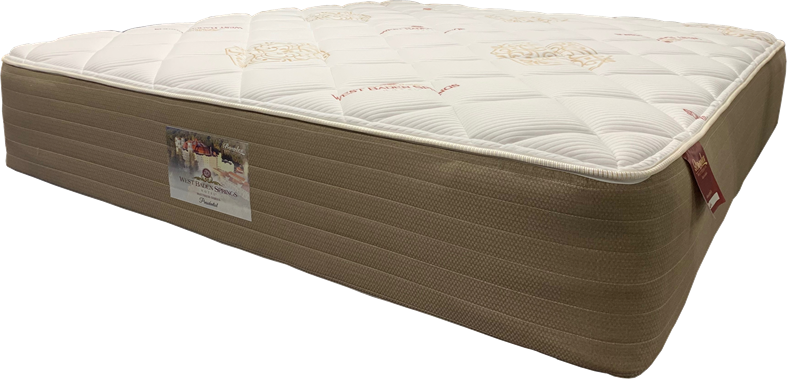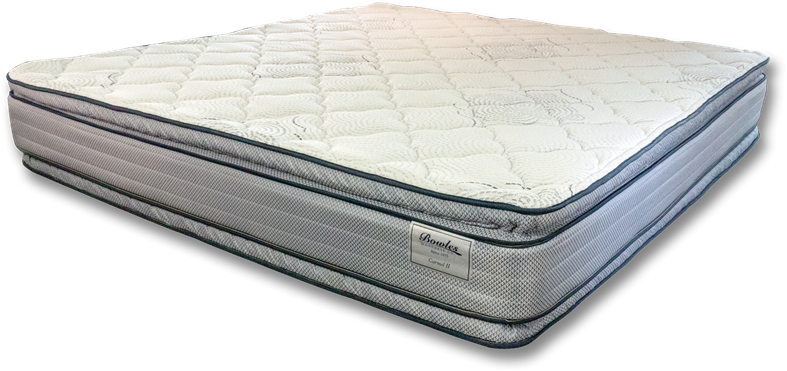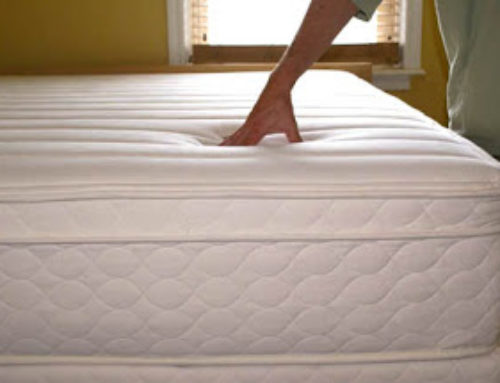“Do you carry two sided mattresses? Can I flip this over? Does this come as a flippable?” All of these questions and more I have heard at one of our locations. And while the truth is that two sided mattresses are becoming a dying breed, there are some of them still out there. Also, many mattresses have switched to the one sided variety for several different reasons. Today we will discuss if you truly need that two sided mattress in your home.


For many years, all mattresses were manufactured to be two sided. By this, I mean that the mattress was designed in order for you to “flip” the mattress over and sleep on the “bottom.” This design helped deal with a few different things. Firstly, these traditional mattresses had a support system of innersprings. This design was conducive to a two sided mattress because the coils were connected all along the top and bottom layer. Therefore, it was easy to apply foam along the top and bottom of the mattress in order to create two sleeping surfaces. During the early years of mattress construction, they also created the mattress with two sides in order to allow the user to get more “life” out of the mattress. In order to accomplish this, the owner would “turn and flip” the mattress four times a year. The first time, they would turn the mattress from head to foot (180 degrees). They would then flip the mattress over to the bottom side of the mattress. This process would continue throughout the life of the mattress which, for well built two sided mattresses, generally lasts between 12-15 years.
But, the mattress industry has not settled when it comes to invention. As the years have progressed, so has the different materials and construction types that have been created. As the industry has continued to advance, so has the mattresses that have been created. For example, the individually wrapped pocketed coil system has proven to be a very popular support structure for mattresses. Instead of connecting all the coils on top, manufacturers began to “wrap” the coils in fabric and connect them in the middle of the coil. This creates a more “individualized” feel when laying on, helps reduce pressure points, and reduces motion transfer from side to side (no more bouncing your significant other off the bed in the middle of the night!). However, pocketed coil systems do not work well as a two sided mattress. They do not have the same support as the traditional spring systems. Therefore most manufacturers moved to one sided mattresses. This inevitably led to the question, what is the life expectancy for the one sided mattress? Won’t they last half as long?

As it turns out, one sided mattresses, if they are built well using good quality materials, should last 10-12 years. This does require the user to still turn the mattress from head to foot, 180 degrees, four times a year. However, these mattresses do not, and should not, be flipped over to use the bottom size. Therefore, one sided mattresses do not last as long as their two sided brethren. But, they only have a few years of longevity between the two of them. In addition, there is the elephant in the room to consider. While most traditional mattresses were built to be flipped, how often were they truly done so? Research has proven that without flipping them, the user will get the same amount of life of a one sided mattress.
Are two sided mattresses a dying breed? Not quite. There are still several manufacturers that will create two sided mattresses. Generally, these are firmer mattresses that are built with a traditional spring system. Or, as foam mattresses have continued to evolve, there are some two sided versions of these as well. Ultimately, my advice is to get the product that will give you the support you need in order to get a better night sleep and not worry so much on whether it is one sided or two sided because isn’t getting more rest really what is is all about?




